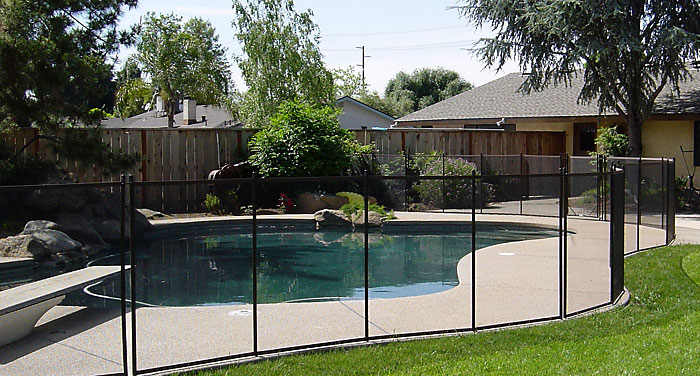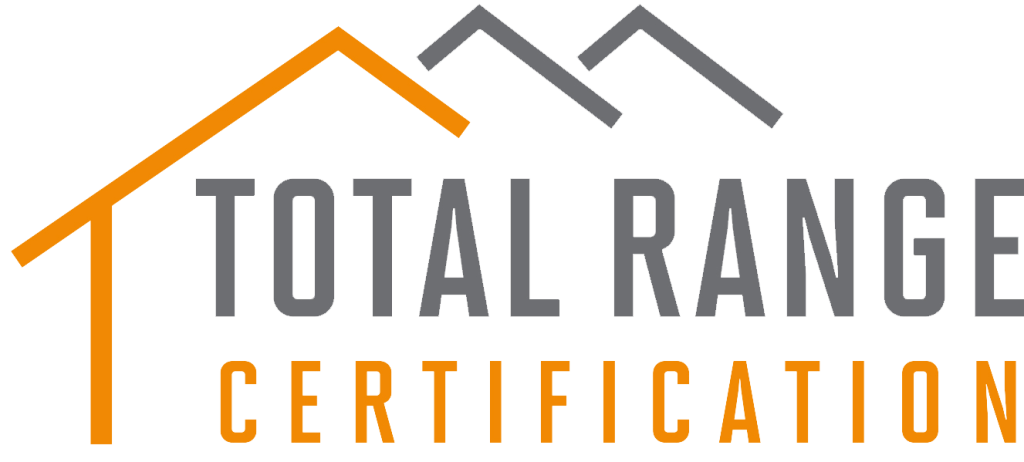The Building Act 1975* defines a swimming pool as an excavation or structure:
- Capable of being filled with water to a depth of 300 millimetres or more
- Capable of being used for swimming, bathing, wading, paddling or other human aquatic activities
- Used, designed, manufactured or adapted for the purpose mentioned above, despite its current use.
This includes spas and portable or inflatable pools (other than portable wading pools).
It does not include:
- Fish ponds
- Ornamental ponds manufactured to be used for ornamental purposes
- Dams used for aquaculture, marine research or storage of water
- Watercourses
- Spa baths situated in a bathroom which is not continually filled with water
- Birthing pools used solely for water births
- Portable wading pools.

Pool location considerations
When deciding the location of your new swimming pool there are relevant codes to consider that could impact on your desired location and requirements for further approvals prior to a development approval for building work being issued. Remember, there are both above ground and below ground issues to consider with pool locations.
An outdoor pool needs to be located in accordance with the relevant Queensland Development Code requirements, generally:
- Road boundaries –
- where the vertical distance to the pool coping above the finished ground level is not more than 1.2m – 1.5m distance from the water to the road frontage; or
- where a solid wall or fence at least 1.8m high above finished ground level is constructed between the water and the road frontage and the top of the wall or fence is at least 1.0m above the top of the coping of the pool – no requirement.
- Side/rear boundaries –
- 1.5m; or
- Where a solid wall or fence is constructed to prevent water entry onto adjoining lots, at least 1.8m high above finished ground level, is erected between the swimming pool and the boundary of the lot and the top of the wall or fence is at least 1.0m above the top of the coping of the pool the pool may be built closer than 1.5m to the side boundary.

Building approvals
A development approval for building work with certified compliant safety barrier (fencing) and a Form 16 or Form 17 issued by a Building Certifier prior to filling the pool is required whereby the new swimming pool is an excavation or structure:
- Capable of being filled with water to a depth of 300mm or more;
- Capable of being used for swimming, bathing, wading, paddling or some other human aquatic activity; and
- Solely or principally used, or designed, manufactured or adapted to be solely or principally used, for the purpose mentioned in paragraph (b) despite its current; and includes a spa pool, spa tub or similar thing (whether portable or fixed) and a wading pool (i.e. the pool can hold 2000 litres or more and requires a pump/filtration system)
It is a pool owner’s responsibility to ensure that the pool safety barrier is compliantly maintained with the pool standard for the pool, that it is kept in good condition and that the pool gate is kept closed.
Drowning is the leading cause of accidental death for children aged under 5, authorities take the design and installation of the pool safety barrier extremely seriously.
There is now one pool safety standard (Queensland Development Code Mandatory Part 3.4), that replaced 11 different standards on December 5, 2010.

Pool fences and safety barriers commonly fail because:
- Gates are not self-closing and self-latching from all points, are unlawfully propped open or do not have a latch at the correct height; and
- Fences and fixings have not been maintained or kept in good condition; and
- The effective height of the pool safety barrier is less than 1200 millimetres reduced by an increase in ground levels, growth in garden beds over time and introduction of climbable aids; and
- The adjoining boundary fences have climbable rails, aids and breaches; and
- The windows opening into the pool enclosure are able to open more than 100 millimetres or are not adequately screened; and
- There are climbable objects near the pool safety barrier; and
- There is not a current cardiopulmonary pulmonary resuscitation (CPR) sign displayed in a visible place.
For more information about pool fences and safety barriers please visit the Queensland department of housing and public works website.
All Inclusive
Total Range Certification acknowledges the importance to you of immediate and ongoing access to the expert advice and extensive knowledge of our building certifiers. As part of our service to you as a client, we are always available to answer your questions, assist in troubleshooting your problems and provide advice and feedback before, during and after the certification of the building works. We welcome and encourage invitations for our building certifiers to become involved with building projects early by becoming an integral part of the design team to ensure building code design issues and cost saving solutions can be identified as early as possible.

